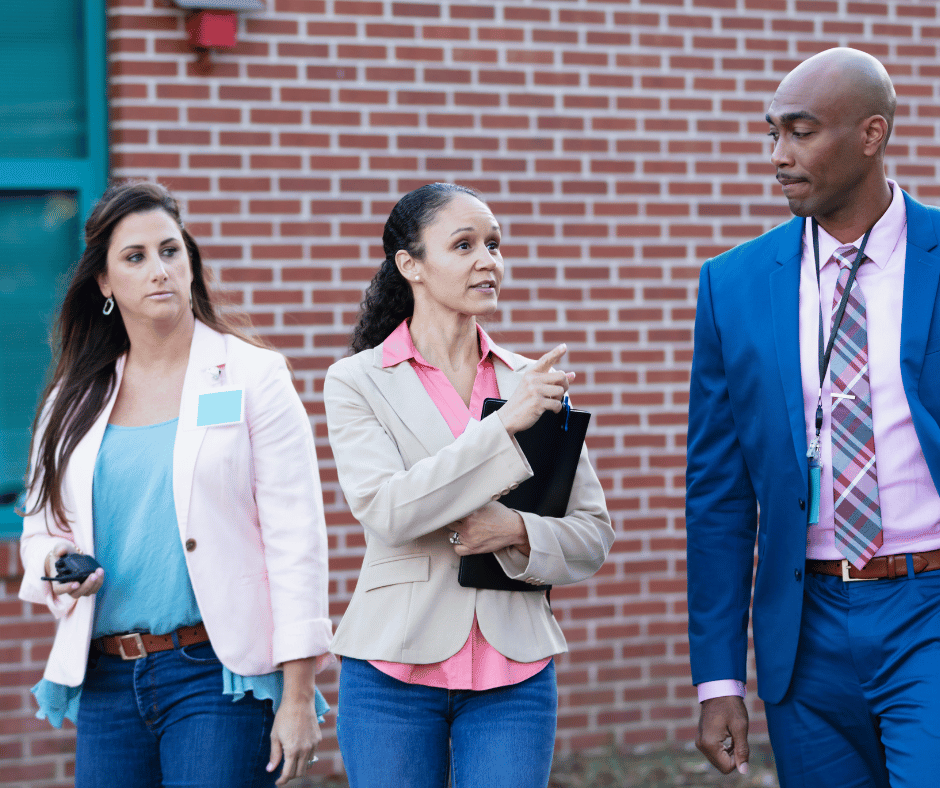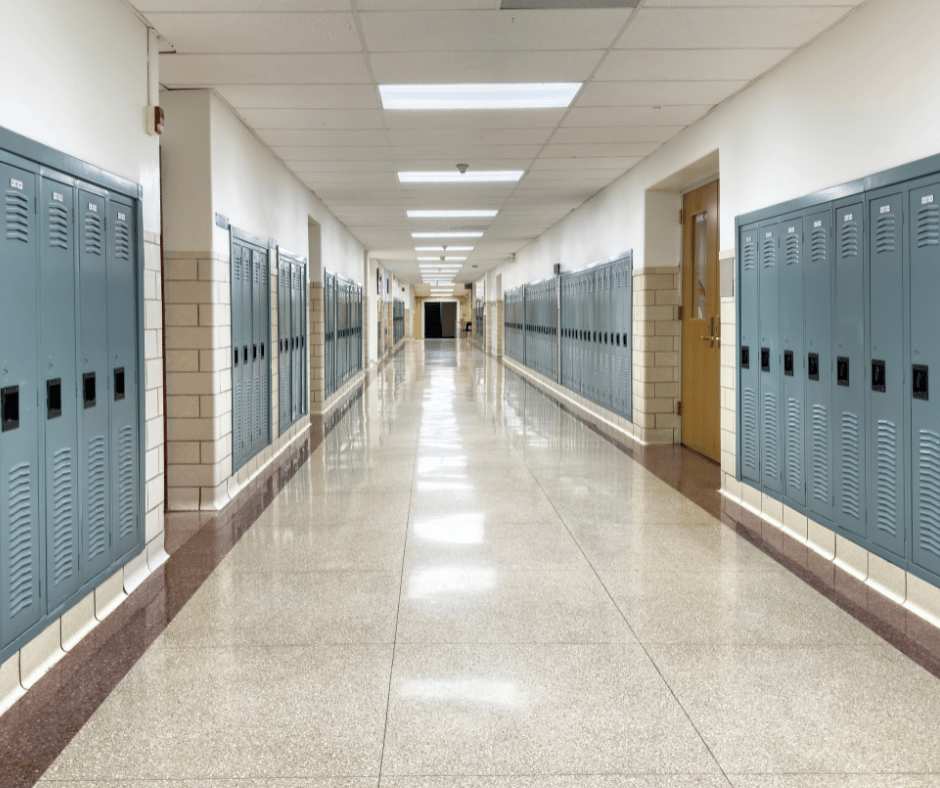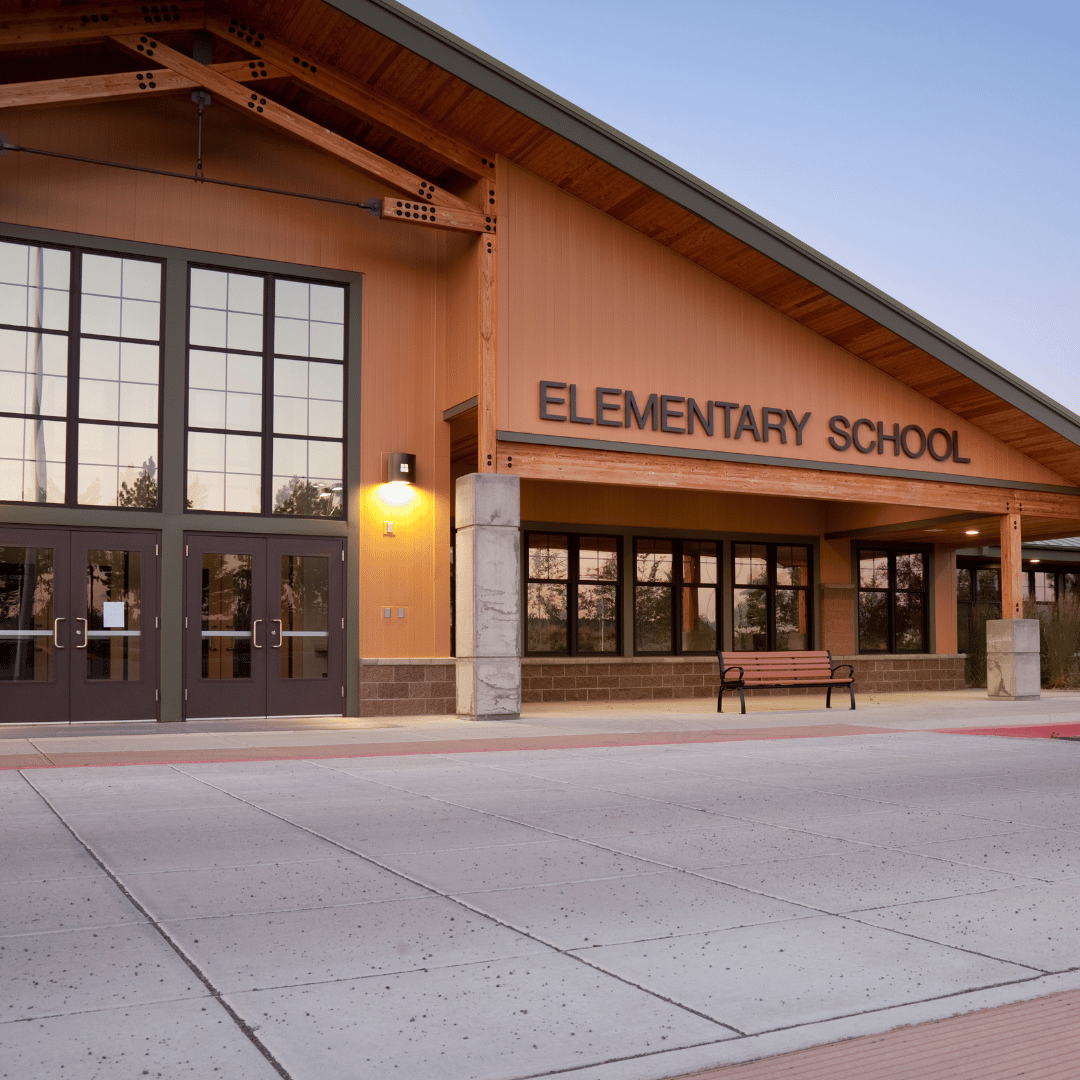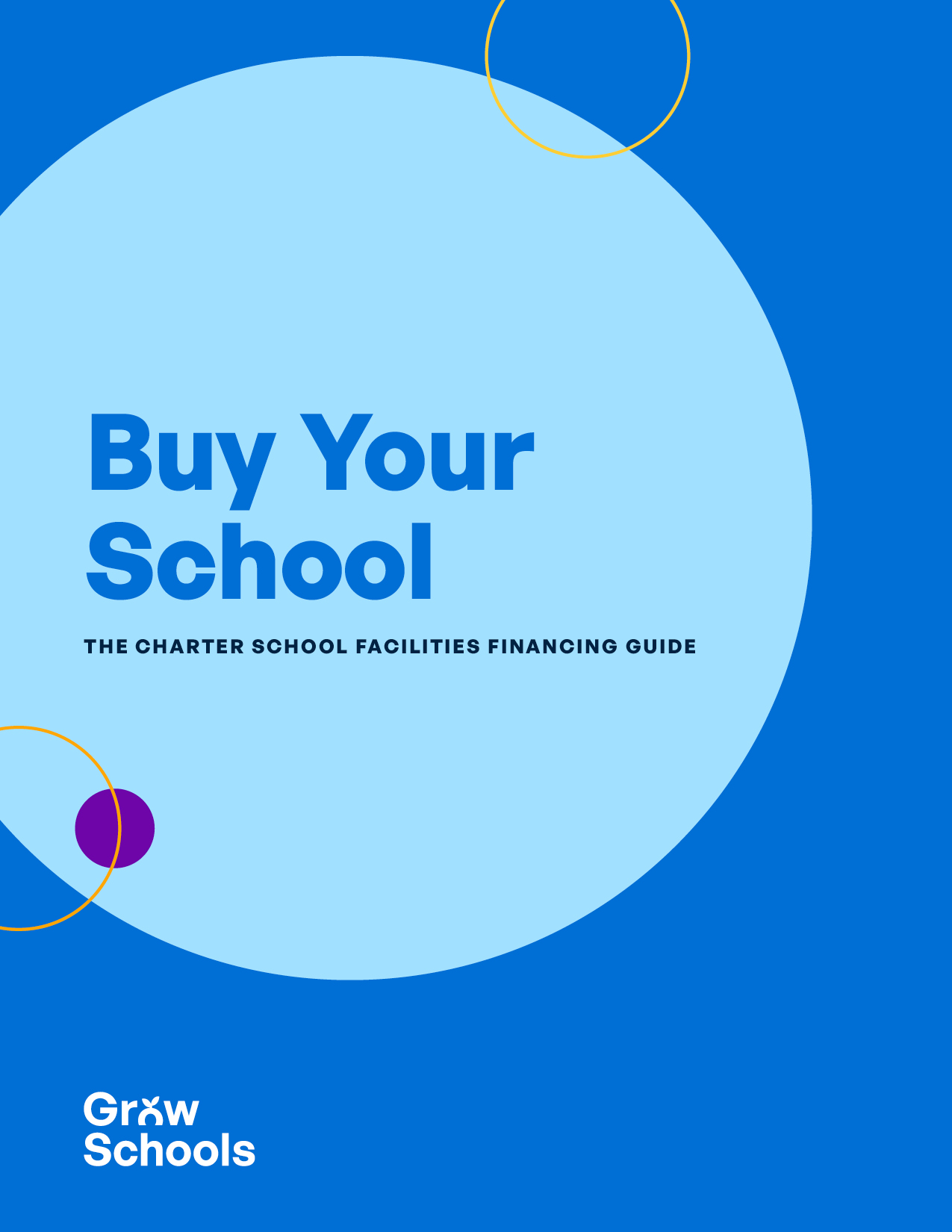Your school’s building is an investment in your school’s mission. Managing your facility—whether you’re on the path to ownership or you are leasing your building—requires careful planning, collaboration, and foresight. By understanding your options, budgeting realistically, and negotiating strategically, you can maximize your school’s facilities and support long-term success.
Let’s break down key considerations and strategies for navigating building management.
1. Know Your Options
The three basic options for facilities are lease, buy, or build. For the latter two options, school leaders often have several options to consider, including loans, bonds, or lease-back arrangements. Each option comes with its own set of parameters and considerations, so it’s essential to weigh them carefully.

2. Timing Is Everything
Whether you’re exploring bank loans, bonds, or negotiating your lease, timing is critical. Start the process early and give yourself ample time to navigate the complexities involved. Construction projects and facility expansions often require meticulous planning and coordination, so don’t underestimate the time needed to complete them successfully.
3. Get Expert Support
Engage a qualified project management team with industry-specific expertise to guide you through every stage of your facility project. These experts can help you develop realistic budgets, navigate regulatory requirements, and ensure that your project stays on track from conception to completion.

4. Budget Realistically
When it comes to budgeting for facility projects, prioritize quality over cost. Avoid the temptation to opt for the cheapest resources without considering long-term implications. Work closely with your project management team to develop a realistic budget that aligns with your school’s financial capabilities and long-term goals.
5. Consider Affordability
Affordability is paramount when evaluating financing options for school facilities. Aim to keep your facility’s occupancy costs within a reasonable percentage of your total revenue, typically between 5% to 25%. Additionally, consider metrics like rent coverage to ensure that your facility costs remain sustainable over the long term.
6. Negotiate Lease Agreements Wisely
If leasing is part of your facility financing strategy, negotiate lease agreements that align with your school’s unique needs and future plans. Consider factors such as location, space requirements, lease terms, rent amounts, and tenant rights and responsibilities. Maintain open communication with landlords to address any concerns or modifications needed to support your school’s mission. Ensure that your lease agreements account for specific features and facilities essential for your school’s programs, such as STEM labs, art studios, or music rooms. Negotiate flexible terms that allow for future expansions or modifications to meet evolving educational needs.
About the Author

Tabatha Martins has a wealth of experience in real estate investment. She holds a master’s degree in business administration from FGV and serves schools as the Director of Real Estate Management at Grow Schools.

